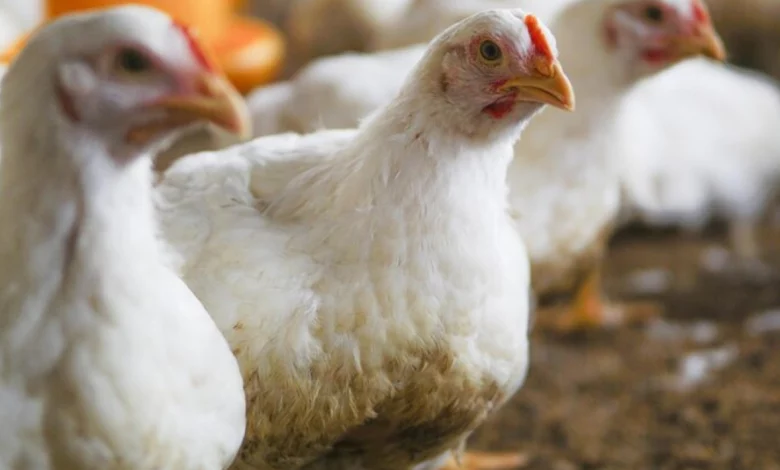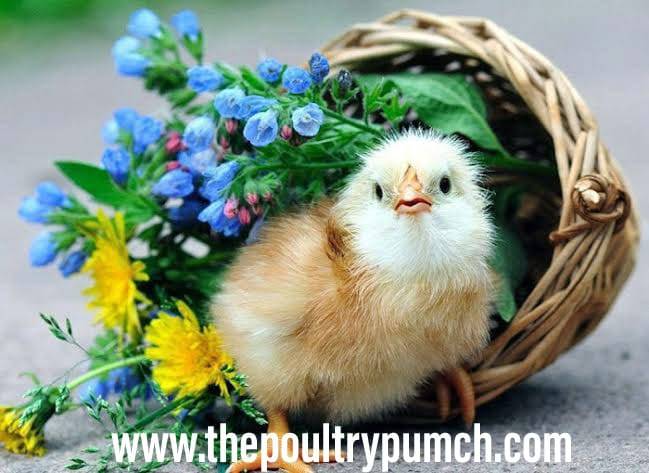Earnings for the Indian poultry companies improved in H1 FY2024

EARNINGS FOR THE INDIAN POULTRY COMPANIES IMPROVED IN H1 FY2024; COMMODITY INFLATION COULD DISRUPT THE MOMENTUM IN H2: ICRA
- Indian poultry industry revenues to grow by 8-10% in FY2024 led by healthy volume growth and improvement in realisations
- Feed costs may spike going forward, exerting pressure on margins of poultry companies in H2 FY2024
ICRA has maintained its revenue growth expectations at ~8-10% for the domestic poultry industry1 in FY2024. This will be driven by significant volume expansion and improving share of organised players. While realisations were strong in H1 FY2023, they started tapering thereafter due to excess supply. Subsequently, the pick-up in demand in the current fiscal resulted in improvement in average realisations to ~Rs. 107/kg in H1 FY2024 compared to ~Rs. 101/kg in FY2023 (Rs. 96.5/kg in H2 FY2023). The festive season and cold weather should support demand and realisations in the balance part of FY2024.
Ms. Sheetal Sharad, Vice President and Sector Head, ICRA Ltd said: “While realisations improved in H1 FY2024 following controlled supply and healthy demand, players’ earnings were further supported by softened feed costs. Maize (which comprises 60-65% of the feed cost) prices declined by ~9% over H1 FY2023 and those for soyabean (comprising ~30-35% of feed cost) reduced by ~21% over H1 FY2023. While the raw material pricing has been favourable so far, substantial contraction in soyabean harvest during the kharif season and delayed sowing of maize raise concerns on the potential spike in feed costs, which is likely to exert pressure on the margins of poultry companies.”
There have been limited occurrences of avian influenza or bird flu across the country in the current fiscal. Localised incidences of bird flu were reported in Kerala and Jharkhand in Q4 FY2023 and Q1 FY2024, which did not spread further. Any major local outbreaks may have temporary effects on demand and realisations in the affected and nearby regions. Since winters are prone to disease outbreaks, the upcoming months will remain critical. Nevertheless, in October 2023, the World Organisation for Animal Health (WOAH) approved India’s self-declaration of freedom from Highly Pathogenic Avian Influenza (HPAI), or the bird flu, in specific approved farms in Maharashtra, Tamil Nadu, Uttar Pradesh and Chhattisgarh. This development is expected to provide new opportunities for Indian poultry companies in the global market in the medium to long term.
In September 2023, India and the US jointly announced resolution of the long-standing poultry dispute pertaining to allowing US poultry products in the Indian market. This could open the Indian markets to US poultry products, thus increasing the competitive intensity and exerting pressure on realisations. The extent of the adverse impact related to this remains a monitorable.
“The industry credit profile remains vulnerable to the inherent volatility in earnings. Over the medium to long term, we expect the domestic demand in India to be favourable, supported by a rising urban population, changing eating habits and growing penetration of quick-service restaurants. To support the transition to higher margin value-added products, ICRA expects poultry companies to invest in capacity additions towards feed mills as well as move towards forward integration into meat processing plants. The increased working capital requirements for feedstock amid expected rise in input costs, could keep debt at high levels,” Ms Sharad added.



